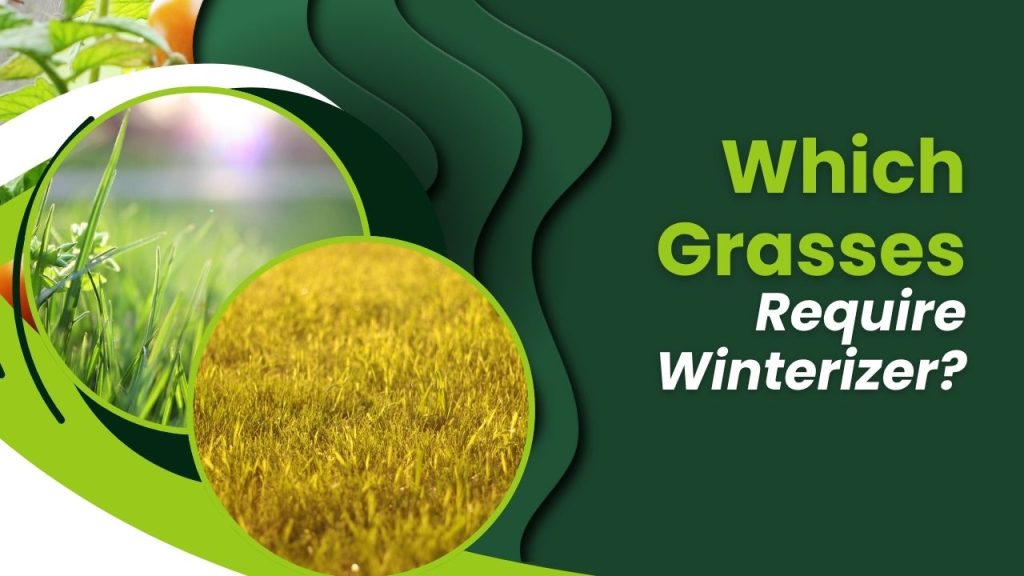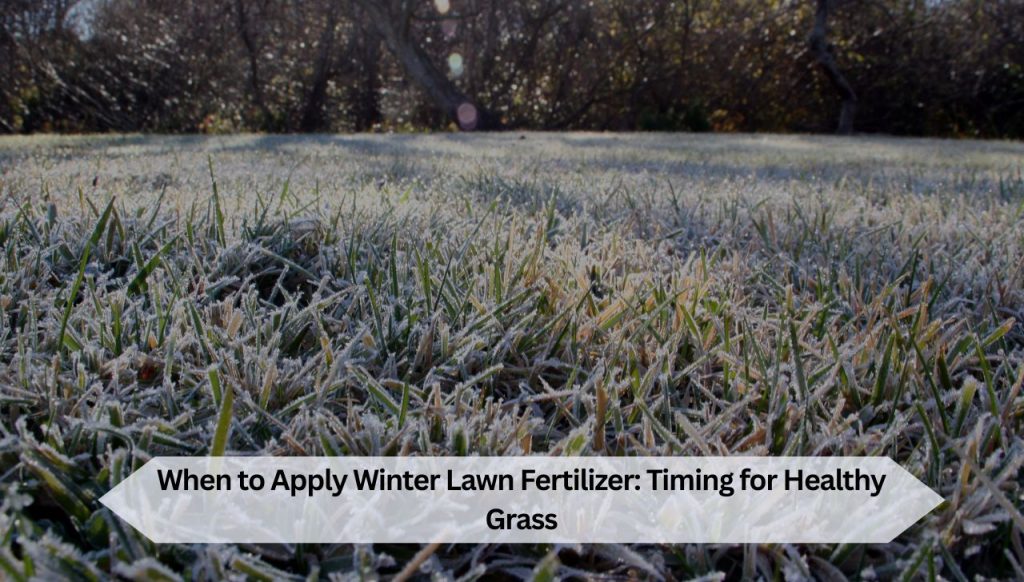Winter’s chill doesn’t mean your lawn care duties are over. In fact, it’s the perfect time to give your grass a head start on spring. That’s where winter lawn fertilizer comes in. Often called a “winterizer,” this late-season boost helps your lawn store nutrients, grow stronger roots, and survive the cold months ahead.
Think of it like a bear fattening up before hibernation. Your lawn needs energy to get through winter. Feeding it at the right time makes a real difference when everything thaws out. Neglect this step? You might end up with patchy, weak grass come spring. Not ideal if you love a lush, green yard. Let’s break down when and how to apply winter fertilizer for healthy, thriving grass.
What Is a Winterizer?
A winterizer is a specific type of lawn fertilizer designed for use in late fall. It’s not just another bag of lawn food—it’s formulated for cold-weather prep. These fertilizers are rich in potassium, the nutrient that boosts root development and increases cold tolerance. Many also include a modest amount of nitrogen, just enough to support root growth without pushing top growth (which isn’t what your lawn needs right before winter).
Winterizers don’t magically protect your grass. But they give it the right resources to stay strong underground while everything above freezes or goes dormant.

Which Grasses Require Winterizer?
Not all grasses have the same needs. Whether your lawn benefits from winterizer depends mostly on the type of grass you have—and where you live.
Cool-Season Grasses
If your lawn contains cool-season grasses like Kentucky bluegrass, tall fescue, or perennial ryegrass, winterizer is essential. These grasses remain somewhat active during cool weather and need that late-season feeding to stay healthy.
Cool-season grasses are common in the northern U.S., where fall and winter get cold but not brutally dry. A good winterizer helps them bounce back faster when spring hits.
Discover More : Why Is My Lawn Turning Yellow? 7 Common Causes and How to Fix Them
Warm-Season Grasses
Warm-season grasses—like Bermuda, St. Augustine, or zoysia—go fully dormant in winter. They don’t need a traditional winterizer. In fact, feeding them late in the season can trigger growth that cold weather might kill off.
If you’re in the South or a warm coastal region, your fall fertilizing timeline is earlier. Typically, late summer or early fall is your last call for feeding warm-season turf.
So, before you fertilize, figure out what kind of grass you’re working with. Your entire winter lawn care strategy depends on it.
Best Time of Year to Apply Winter Fertilizer
Now for the big question—when should you apply winter fertilizer?
Timing is everything. Apply too early, and your lawn focuses on top growth when it should be storing nutrients. Apply too late, and the ground might already be frozen, wasting your effort and money.
The sweet spot? Late fall, about 2 to 3 weeks before the ground freezes.
That usually means:
- Mid to late October in the North
- Early to mid-November in more moderate climates
More specifically, wait until your grass stops growing fast—but is still green. You’ll probably notice the mowing slows down. That’s your sign.
If you use soil temperature data, shoot for daytime soil temps around 50 to 55°F. There are free online tools and apps that track this, so it’s easier than ever.
Keep in mind: this timing is for cool-season grasses only. If you’ve got warm-season grass, you’ll want to stop fertilizing by late September.

The Best Way to Apply Winter Fertilizer
Timing’s important, but how you apply fertilizer matters too. Even the right product, applied the wrong way, can backfire.
Step 1: Pick the Right Product
Choose a fertilizer labeled “winterizer” or one with high potassium (the last number in the N-P-K ratio). Something like 10-0-20 or 13-25-12 is ideal, depending on your soil.
Skip the high-nitrogen stuff you’d use in spring—that encourages leafy growth, not deep roots.
Step 2: Mow and Clear the Lawn
Before applying, mow the lawn short—about 2 inches high. Remove leaves and debris. A clean surface helps the fertilizer reach the soil instead of sitting on top.
Step 3: Apply Evenly
Use a broadcast spreader for best coverage. Follow the bag’s rate recommendations—don’t eyeball it. Over-fertilizing can burn the grass or contaminate local waterways.
Walk at a steady pace and overlap slightly with each pass to avoid missing strips.
Step 4: Water It In
Water the lawn lightly after applying. This helps the nutrients soak into the soil and reach the roots. If rain is in the forecast, let nature do the work.
Avoid heavy watering though—too much water can wash the fertilizer away before it does any good.
Bonus Tip: Soil Test Before You Feed
If you’re not sure what nutrients your lawn needs, a simple soil test can help. These are inexpensive and available at most garden centers or through your local extension office. The results tell you exactly what your soil lacks, which helps you choose the right fertilizer blend.
Discover More : How to Plant & Grow a Zoysia Grass Lawn: A Step-by-Step Guide
Conclusion
Winter fertilizer isn’t just about feeding your lawn one last time—it’s about prepping it for success. Like putting your yard to bed with a warm blanket and a healthy meal. If you’ve got cool-season grass, applying a winterizer in late fall can boost root strength, improve cold resistance, and make that spring green-up pop faster and fuller.
Just remember the basics:
- Know your grass type
- Watch the weather and soil temps
- Choose the right product
- Apply it properly
Do that, and come spring, your neighbors might be wondering what your secret is. You can smile, sip your coffee, and admire the green. Because the truth is, healthy grass in spring starts with smart moves in the fall.

